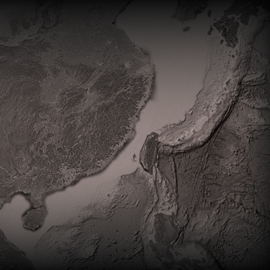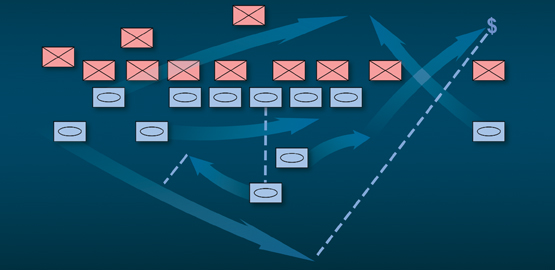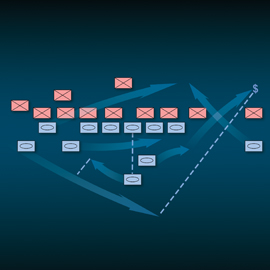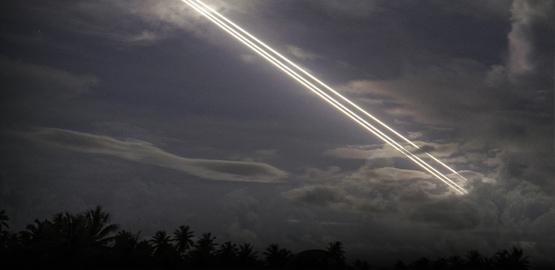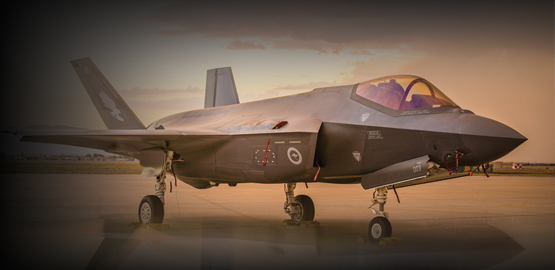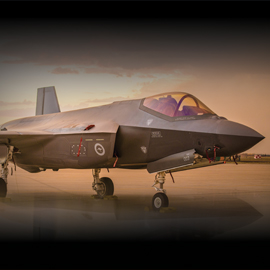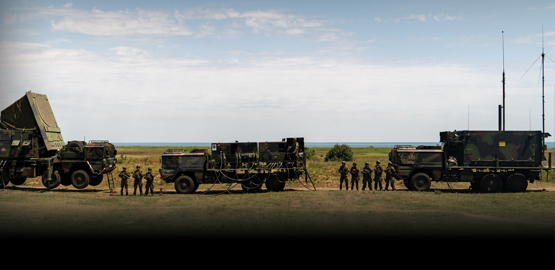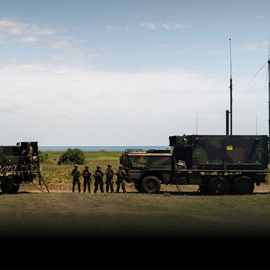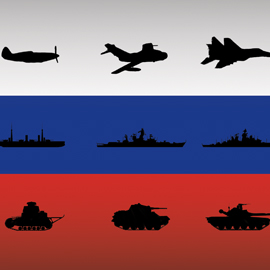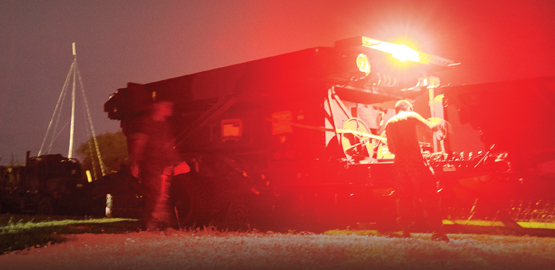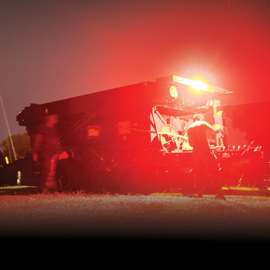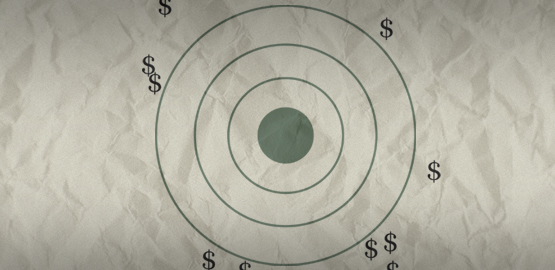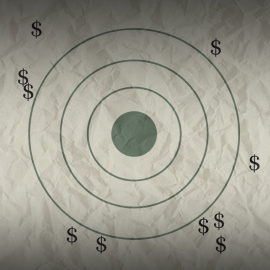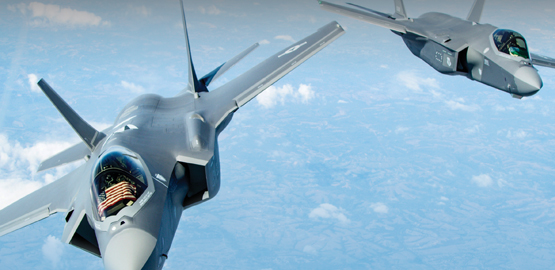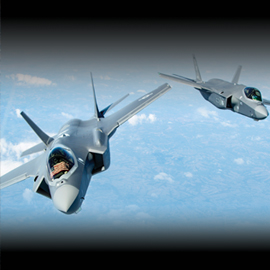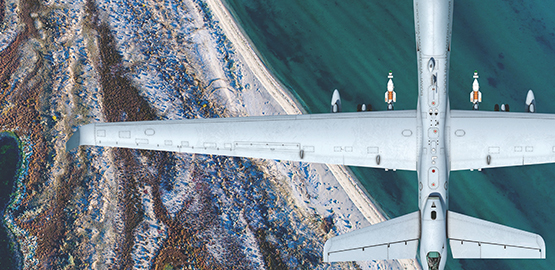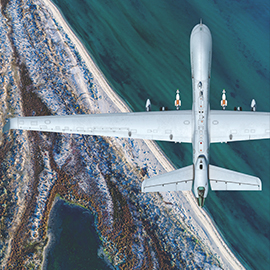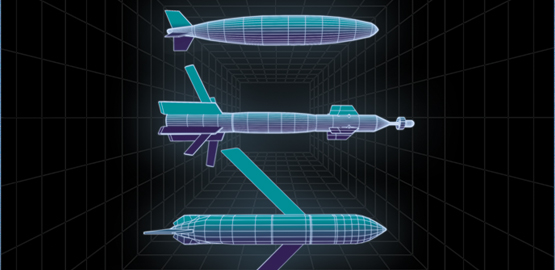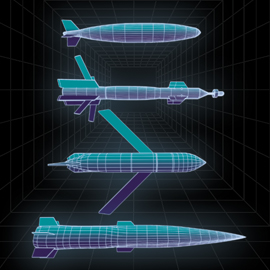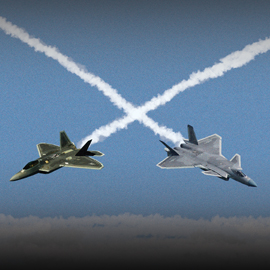Publications
"Nobody does defense policy better than CSBA. Their work on strategic and budgetary topics manages to combine first-rate quality and in-depth research with timeliness and accessibility—which is why so many professionals consider their products indispensable." – Gideon Rose, Editor of Foreign Affairs, 2010-2021
To Preserve Extended Nuclear Deterrence in Europe an American Should be SACEUR
Recent press reports suggest that Pentagon leaders are considering a dramatic organizational change: relinquishing the traditional U.S. role of providing NATO with its Supreme Allied Commander (SACEUR). This would be deeply unwise and potentially dangerous for the United States, as well as for our European allies. Since December 1950, when General Dwight D. Eisenhower became the first Supreme Allied Commander of the newly created North Atlantic Alliance, the position has been filled by an American. This is not spelled out in any formal document. Rather, it is a norm that has been honored by the Alliance for almost 80 years because the United States is the alliance’s strongest member. It also serves as an important sign of Washington’s commitment to European defense. And it underpins the forward deployment of U.S. nuclear weapons on the territory of select European NATO members, which remains central to extended deterrence.
Peaceful Resolution: Reframing U.S. Defense Strategy Toward Taiwan
America’s strategic approach to Taiwan is ripe for reevaluation. Although Washington’s sensitivity to Taipei’s security dilemma has increased markedly in recent years, U.S. policy toward Taiwan remains bound by a series of outdated historical understandings. As a result, American policymakers have focused narrowly on arms sales to the island, rather than developing and articulating a new vision for United States-Taiwan security cooperation.
The Lost Art of the Bargaining Chip? The Case for Gaining Negotiating Leverage for Nuclear Arms Control With Russia and China
Over the past decade, as Russia and China have enhanced their nuclear capabilities, the United States has sought to negotiate arms control arrangements that would avoid a new nuclear arms race. So far, however, those efforts have proven unsuccessful. As a result, Washington is on track to confront an authoritarian axis of two nuclear peer competitors over the next decade. Meanwhile, its planned nuclear posture still reflects a far more benign threat environment.
Understanding NATO’s Concept for Deterrence and Defense of the Euro-Atlantic Area
NATO, the largest and most powerful military alliance in history, turned seventy-five in April. In July, the leaders of NATO will return to the city where its founding document, the Washington Treaty, was signed in 1949. Most people have heard of NATO. Fewer know its most important document is the Strategic Concept, which is updated every decade or so, and sets the Alliance’s strategy. An even smaller group know about NATO’s “Concept for Deterrence and Defence of the Euro-Atlantic Area.”
2023 Annual Report
For nearly three decades, CSBA has provided consistent, high-quality, and innovative research on defense strategy, budgets, and the security environment.
An Ongoing and Necessary Renaissance: NATO’s Nuclear Posture
President Putin’s nuclear saber-rattling while the war in Ukraine has raged, along with lurid nuclear threats by Russian officials and propagandists, have once again focused attention on NATO’s nuclear mission. As the alliance approaches a summit in Washington later this summer, it is an appropriate time to review its nuclear posture.

